PBS Western Reserve Educational Services

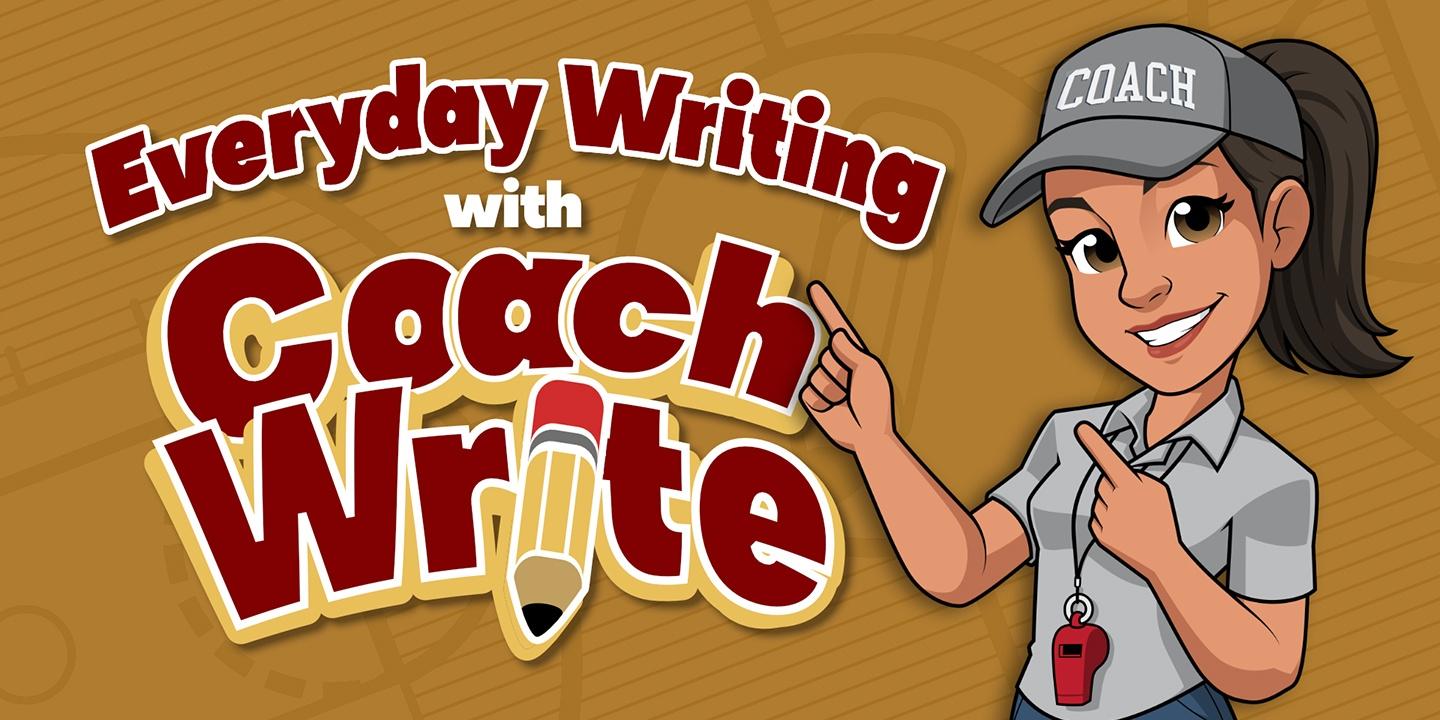
Everyday Writing with Coach Write
This series was developed to address everyday writing with children in grades K-6. Produced 2023-2024. (Grades K-6)
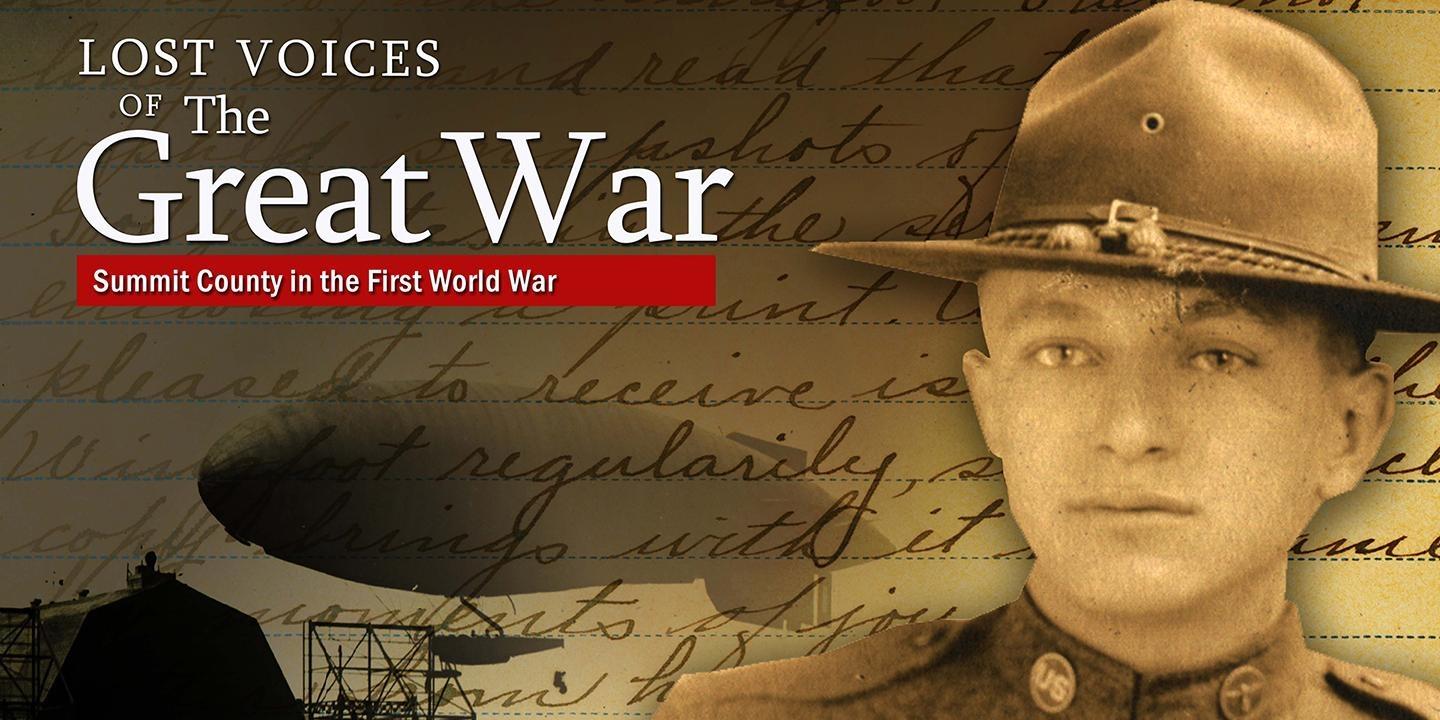
Lost Voices of the Great War: Summit County in the WWI
Story of Summit County, Ohio residents’ experiences at home and overseas during WWI. Produced 2018. (Grades 5, 9-12)
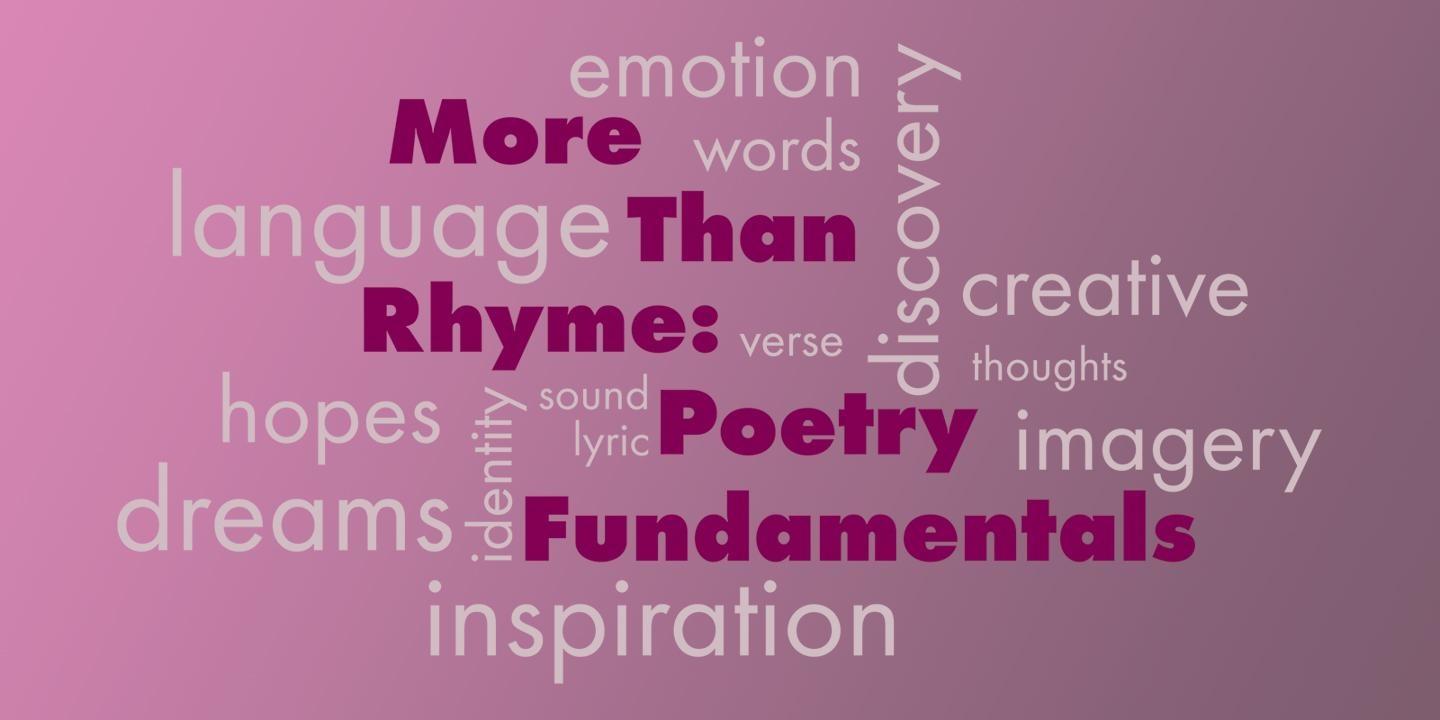
More Than Rhyme: Poetry Fundamentals
Poetry is using carefully selected words to create a specific emotional response. Students learn about the structure, usefulness and power of poetry. Produced 2013. (Grades 7-12)

projectRESEARCH: Consider the Source
Research is the tool that helps us to make informed decisions. This projects helps students learn the structure for creating a research project. Produced 2013. (Grades 7-12)
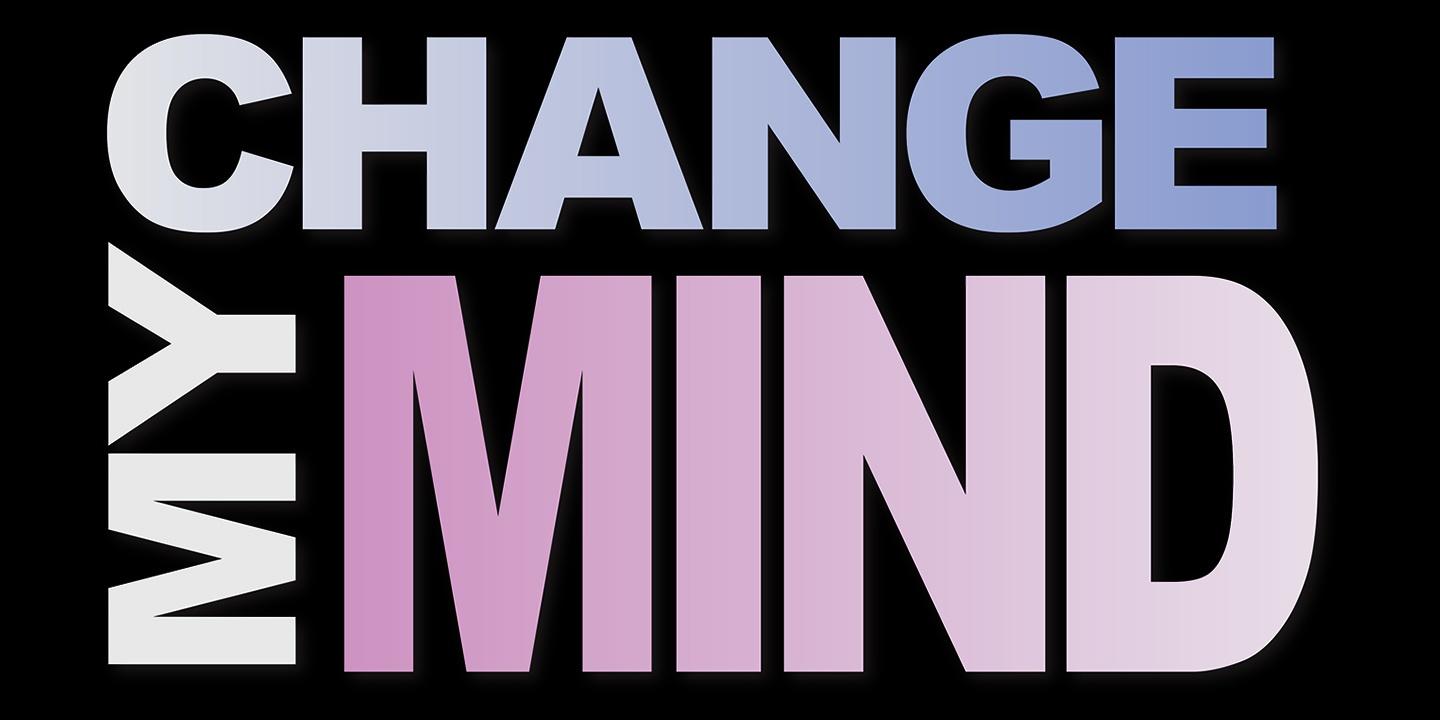
Change My Mind
Students need to recognize persuasive techniques that are used to manipulate their thinking and how to use the same techniques to influence others. Produced 2008. (Grades 8-10)
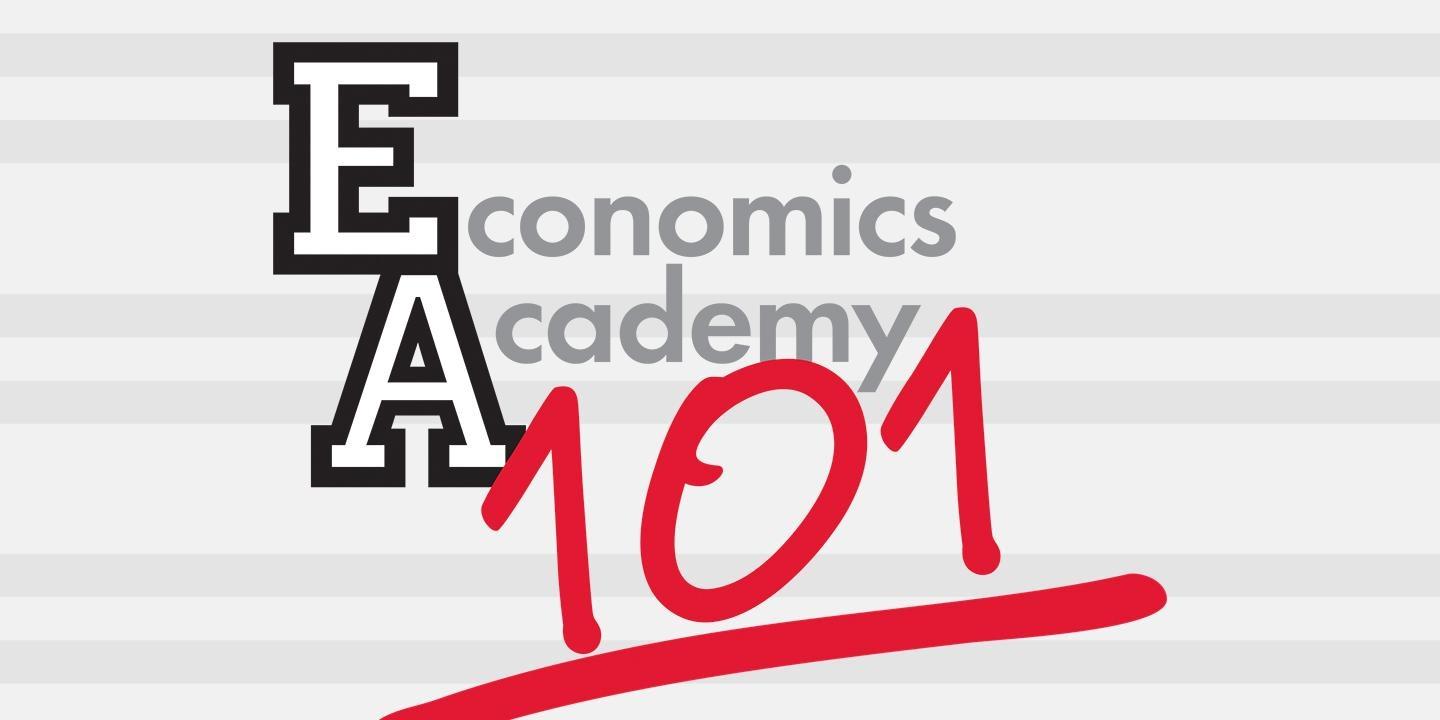
Economics Academy 101
The focus of this project is to provide an understanding of the basics of economics, and to view economics with a historical perspective. Produced 2007. (Grades 4-8)

Constitution Challenge
In the form of a game show, this project features both “the man of the street” and student contestants as they answer questions about the constitution. Produced 2006. (Grades 5-8)
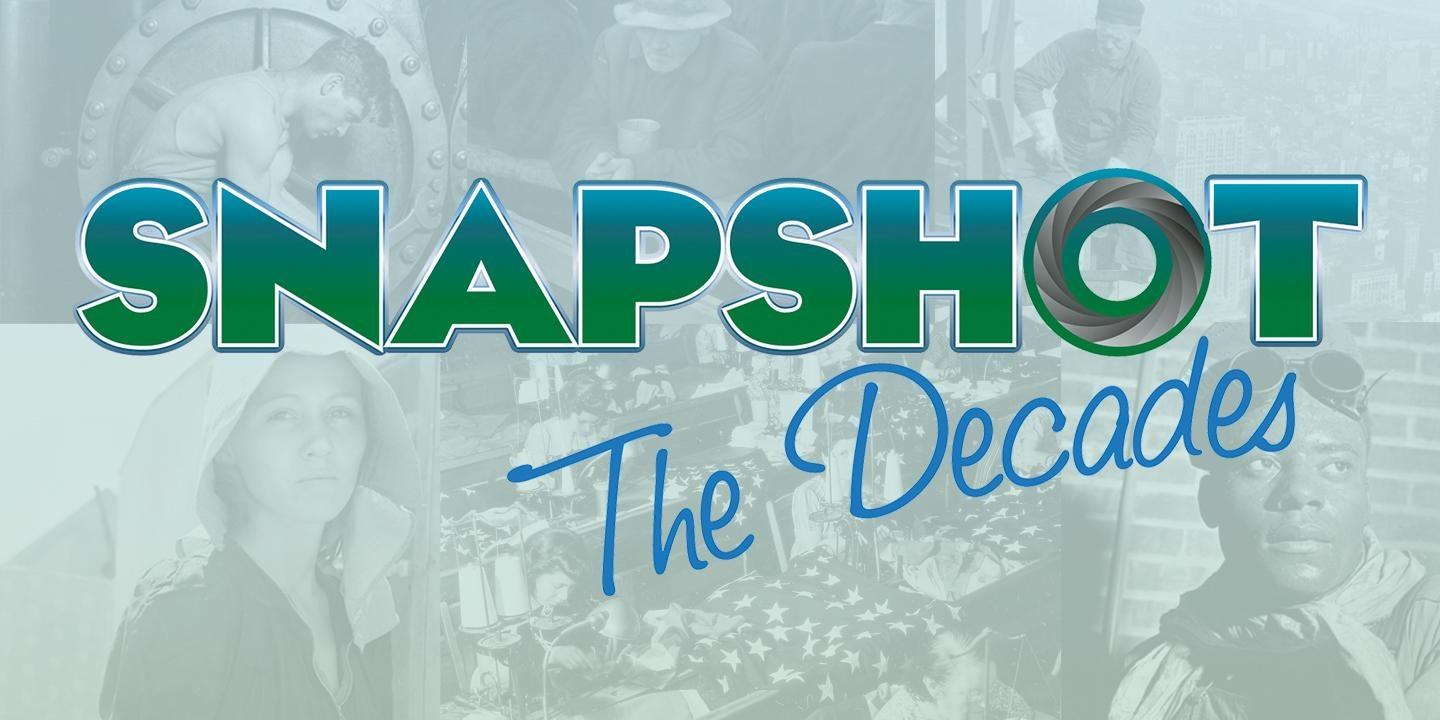
Snapshot: The Decades
Using historical footage and narration, this series focuses on the social, economic, political and scientific events from the 1920s to the 1960s. Produced 2006. (Grade 10)

The Language of Trauma and Loss
THE LANGUAGE OF TRAUMA AND LOSS provides teachers with information about the effect of trauma and loss on children. Produced 2005. (Grades 1-12)
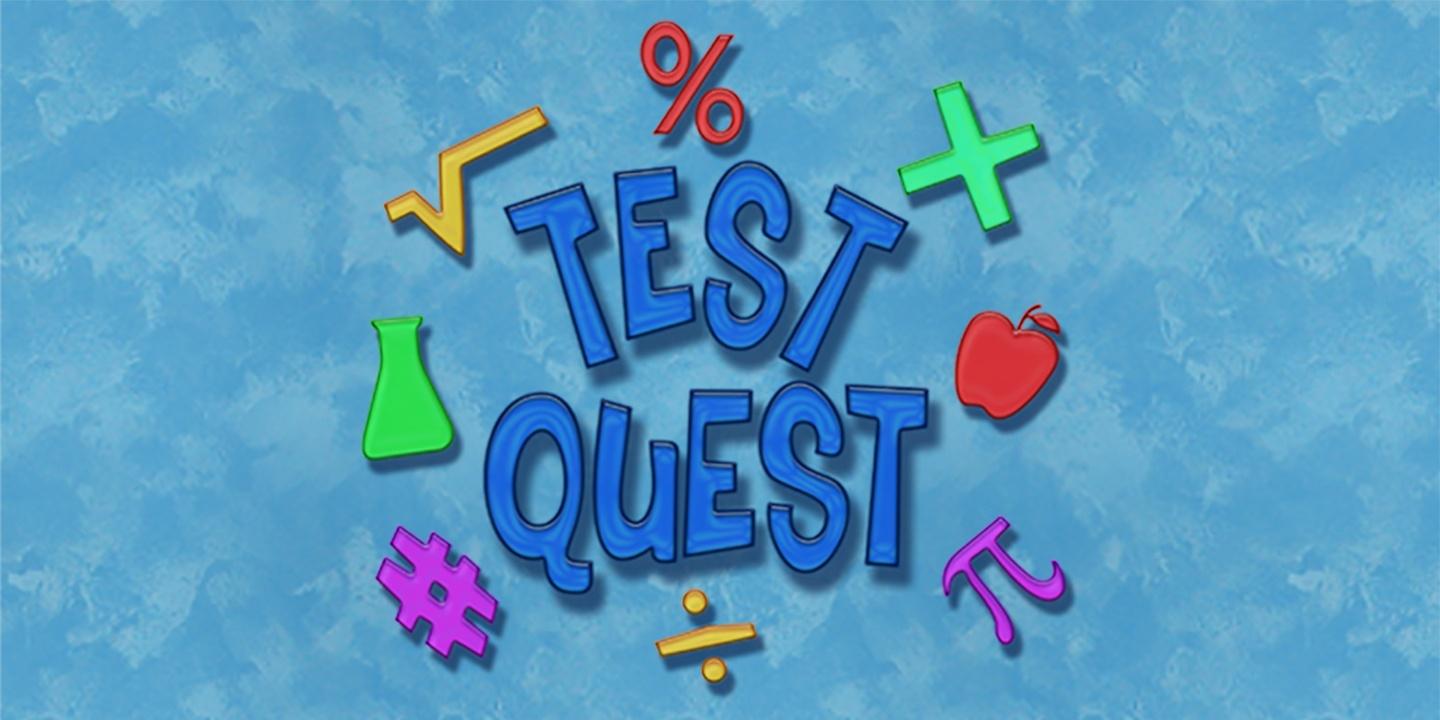
Test Quest
Welcome to TEST QUEST, where you can set forth on an adventure to pass the Ultimate Challenge—the Proficiency Test. Produced 2002. (Grades K-12)
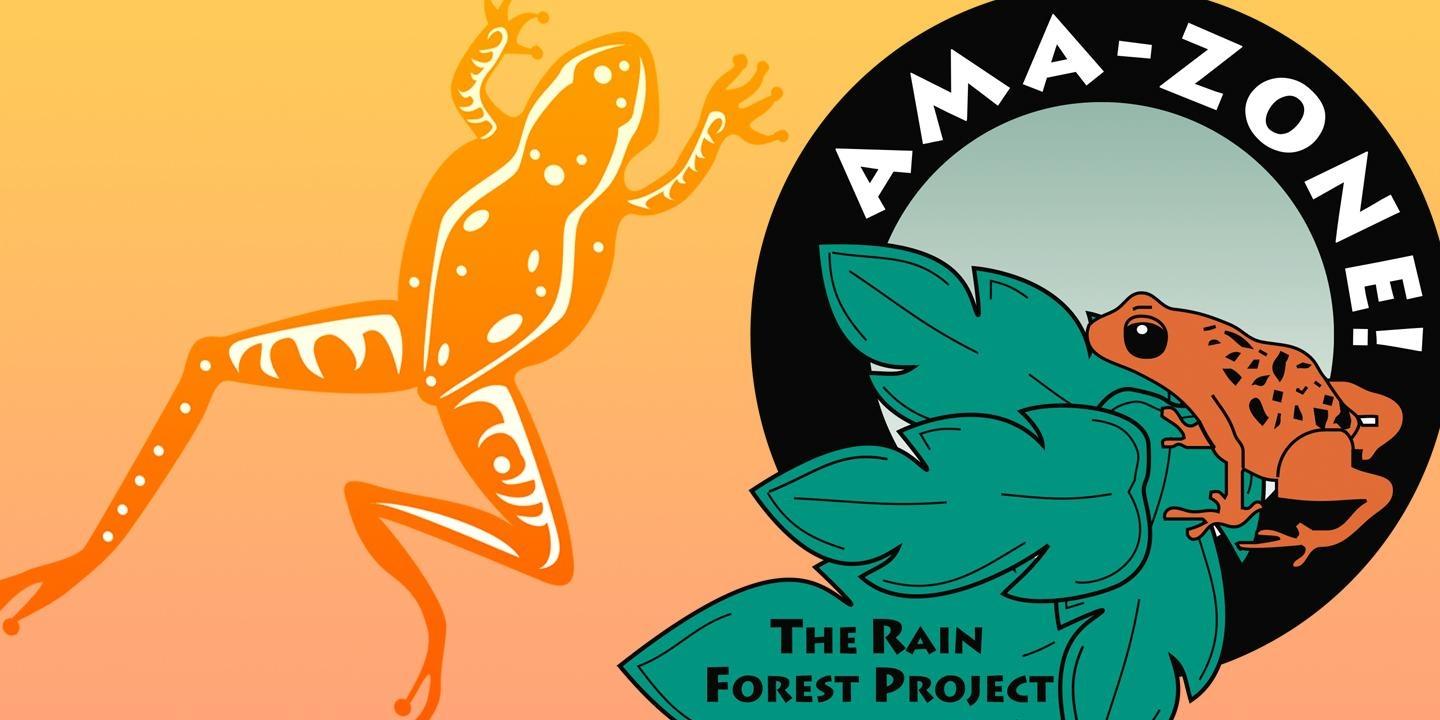
Ama-Zone: The Rain Forest Project
Are you ready for an adventure in the jungle? This role playing activity allows the students to explore the many issues surrounding the rain forest. Produced 2001. (Grades 6-12)

Twenty-four Hours
Find out how local news works. Produced 2001. (Grades K-12)

Media Moments
Students can find out what goes into making the nightly news and learn critical thinking skills in interacting with the media. Produced 2001. (Grades K-12)
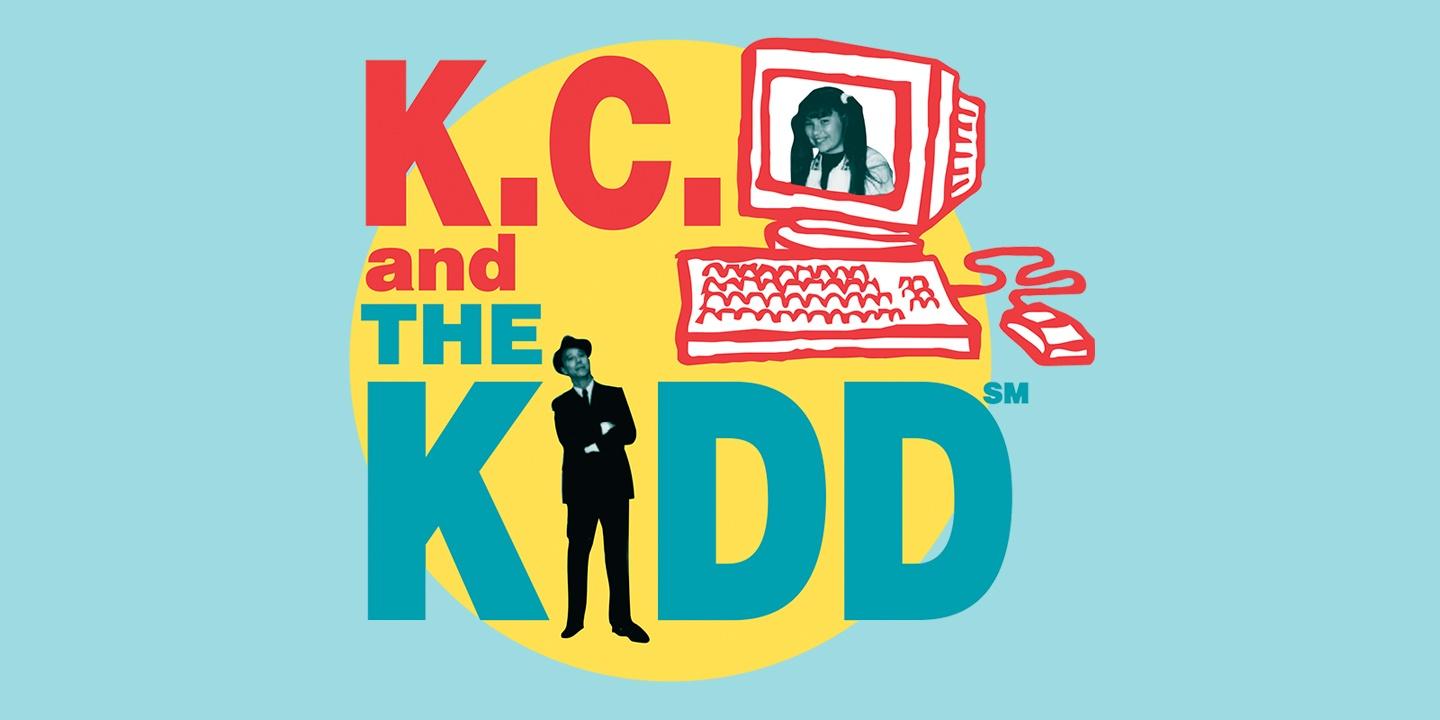
K.C. and The Kidd
The Kidd is a detective. K.C. is his partner, the “kid in the computer.” When Kidd faces problems he can’t solve, you can help as part of the Kidd Crew. Produced 1995. (Grades 4-6)

Secrets of Sherlock (S.O.S.)
Sherlock is a very smart dog with big ideas that sometimes don’t work out. Students become “S.O.S. Trackers” to help him solve a variety of problems. Produced 1994. (Grades 4-6)
